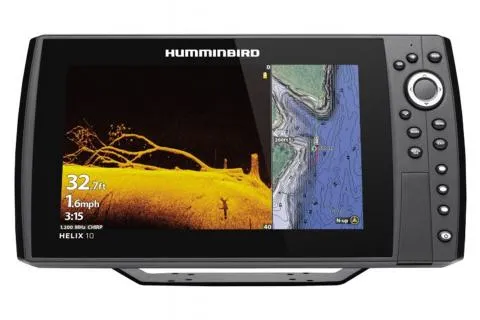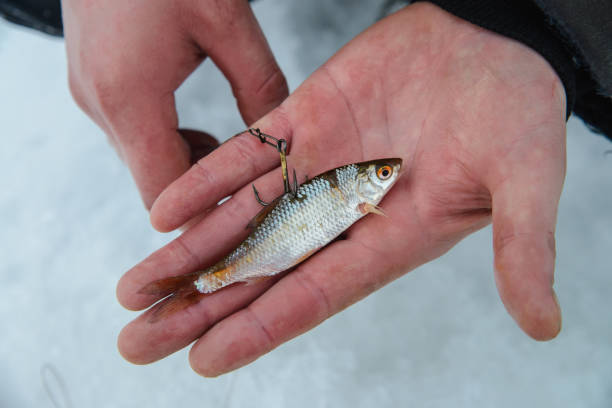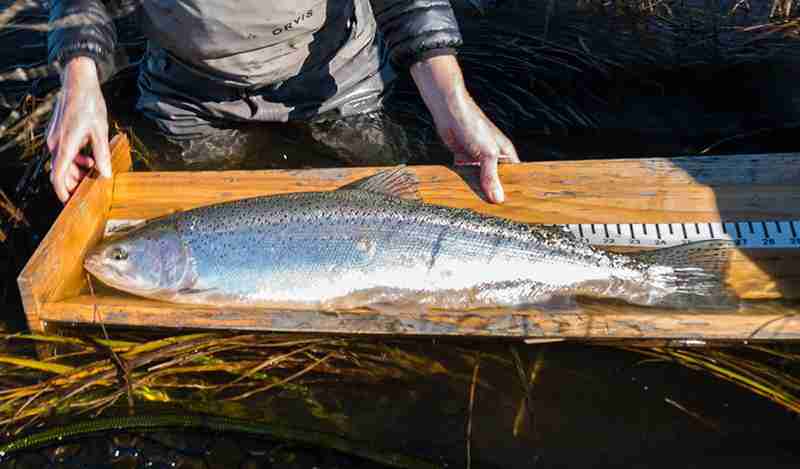
What Depth Should I Fish At?

5 min read
You know what question I get asked more than any other when I’m out on the water? “How deep should I be fishing?” And honestly, it’s not as straightforward as you might think. There’s no magic number that works every time – if there were, we’d all be pulling in trophy fish left and right.
The truth is, finding the right depth is part art, part science, and a whole lot of understanding what’s happening beneath the surface. Let me walk you through what I’ve learned after decades of chasing fish at every level of the water column.
Fish Think in Layers (And So Should You)
Here’s something that took me years to really grasp: fish don’t just randomly swim around at whatever depth feels good. They’re constantly moving up and down based on temperature, oxygen levels, food sources, and even the time of day. Think of a lake or river like a high-rise apartment building – different species prefer different floors, and they might visit other levels for specific reasons.
Most freshwater game fish spend their time in what we call the “thermocline” – that sweet spot where temperature and oxygen levels are just right. In summer, this might be 15-25 feet down in a typical lake. But come winter? Those same fish could be hugging the bottom at 40 feet or more.

Reading the Water Like a Book
Every body of water tells a story if you know how to listen. I always start by looking at the structure. Are there drop-offs, weed beds, or underwater humps? Fish love these features because they create ambush points and feeding opportunities.
In clear water, I’ll often start shallow – maybe 5-10 feet – especially early morning or late evening when fish are more active near the surface. But if the water’s murky or it’s the middle of a bright day, I’m thinking deeper right off the bat.
The general rule I follow is this: start where you think the fish are, then adjust based on what you’re seeing (or not seeing). If I’m marking fish on my finder at 20 feet but not getting bites, I might drop down to 25 or 30 feet. Sometimes they’re just suspended a bit lower than where they’re showing up on the screen.
Seasonal Secrets Most Anglers Miss
Spring fishing is all about the shallows – we’re talking 3-8 feet in most cases. Fish are moving up to spawn, and the water’s warming faster in these areas. I’ve had some of my best spring days fishing in water so shallow I could almost reach down and touch bottom.
Summer changes everything. Once that thermocline sets up, you’ve got to think deeper. I’m usually fishing 15-30 feet, depending on the lake. But here’s a trick many folks overlook: even in summer, fish will come shallow to feed during low-light periods. I’ve caught bass in 4 feet of water at dawn when they were hanging out at 25 feet just hours later.
Fall is transition time, and honestly, it can be the trickiest season to figure out. Fish are following baitfish, and those baitfish are following the food chain. One day they’re at 10 feet, the next they’re at 30. I spend a lot of time with my electronics during fall, constantly adjusting.
Species-Specific Strategies
Different fish have different preferences, and ignoring this is like trying to catch a cat with dog treats. Walleye, for instance, are often found in that 12-25 foot range, especially around structure. They’re bottom-oriented fish that like to hug the contours.
Bass? They’re opportunists. I’ve caught them everywhere from 2 feet to 40 feet, but they tend to relate to cover and structure. If there’s a submerged tree at 18 feet, that’s where I’m starting.
Trout are cold-water fish, so they’re usually deeper during warm months – often 25-50 feet in summer. But in spring and fall, they’ll cruise the shallows looking for food.
The Electronics Game-Changer
Let me be honest – modern fish finders have revolutionized how we approach depth. I remember the old days when we’d just guess and hope. Now, my sonar shows me exactly where fish are holding, what the bottom looks like, and even the water temperature at different depths.
But here’s the thing about electronics: they’re tools, not magic wands. Just because you see fish at 22 feet doesn’t mean they’re hungry. Sometimes they’re just passing through, or they’re in a negative feeding mood. The real skill is interpreting what you’re seeing and adjusting accordingly.

When to Break the Rules
You know what I love about fishing? Just when you think you’ve got it figured out, the fish throw you a curveball. I’ve had days where every piece of conventional wisdom said to fish deep, but the action was all in 6 feet of water. Other times, I’ve found fish stacked up at 45 feet in the middle of summer when they “should” have been at 20.
The key is staying flexible. If what you’re doing isn’t working after giving it a fair shot, don’t be afraid to make dramatic changes. Sometimes the difference between a great day and going home empty-handed is as simple as moving your presentation 10 feet deeper or shallower.
Putting It All Together
Here’s my go-to approach when I hit a new water: I start with what the conditions and season suggest, then let the fish tell me if I’m right. I’ll fish a few different depths until I find where they’re holding, then focus my efforts there while keeping an eye on my electronics for any changes.
Remember, depth is just one piece of the puzzle. Water temperature, oxygen levels, baitfish location, weather patterns – they all play a role. But get the depth right, and you’re well on your way to a successful day on the water.
The best advice I can give? Keep detailed notes. Track what depths produced fish under different conditions, and over time, you’ll start to see patterns. Every lake, every river, every fishing hole has its own personality. Learn to read that personality, and you’ll find yourself catching fish more consistently than you ever thought possible.


